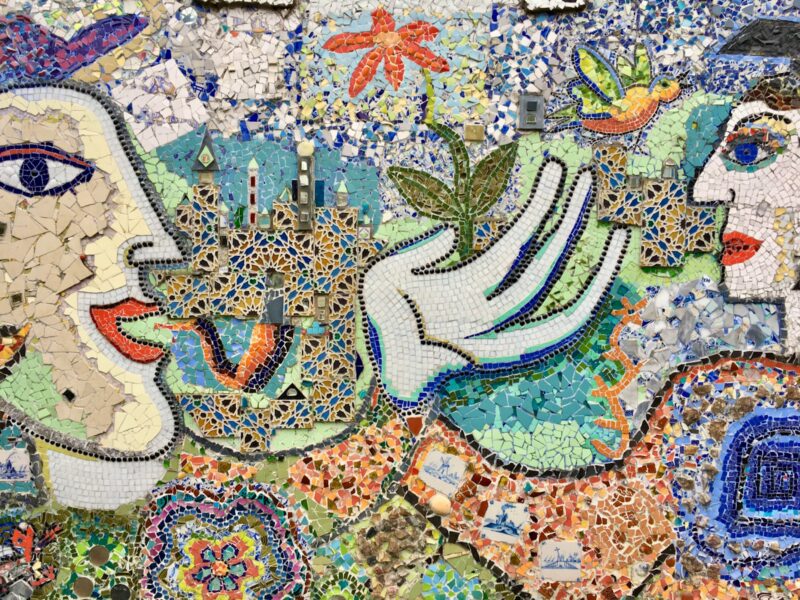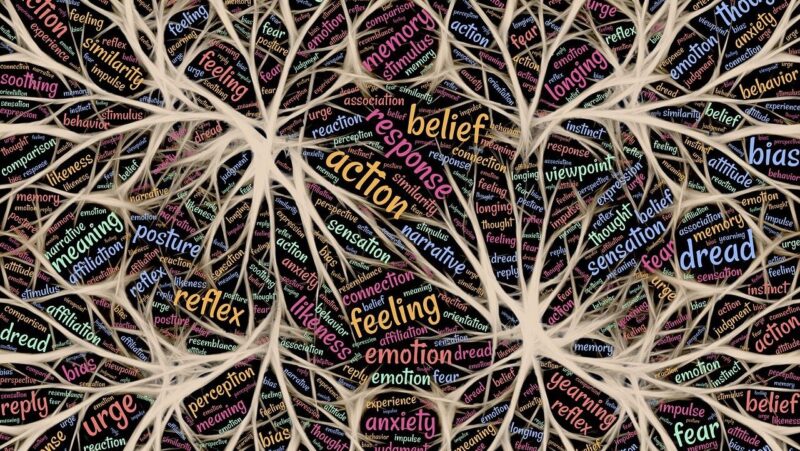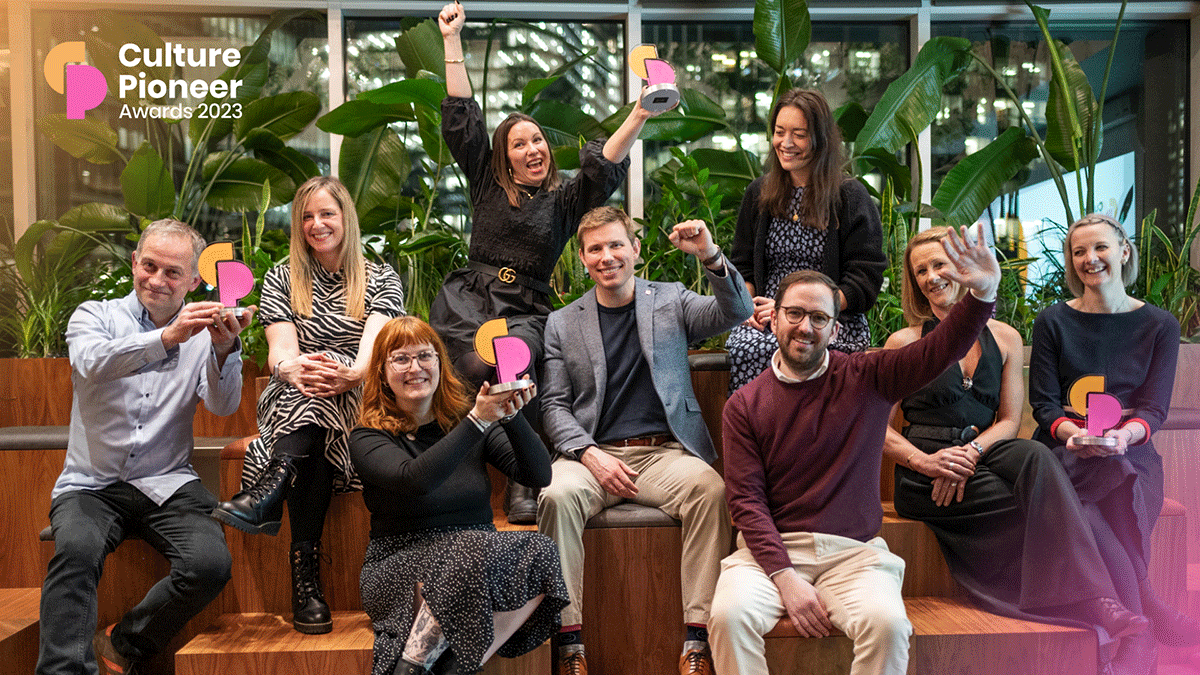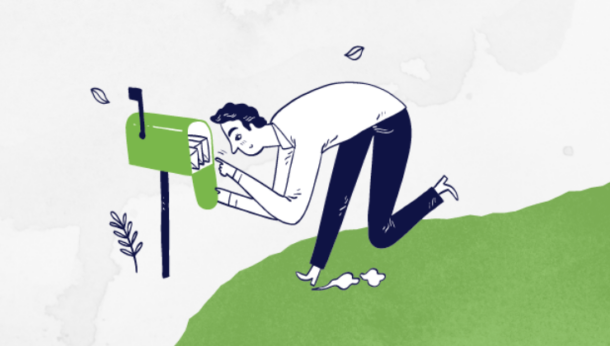In this article, Neil Seligman, Life Coach, Professional Skills Trainer and Meditation Teacher introduces the basics of mindfulness to assist those considering implementing a mindfulness program at work.
Everyone seems to be talking about mindfulness! It is almost impossible to flip a page of a magazine or swipe an iPad without coming across yet another article telling us why we should be more mindful and less mindless. Doctors academics, neuroscientists, journalists, coaches and politicians alike all seem to be embracing the practice, proclaiming its benefits, and pushing forward what might perhaps be described as the mindful revolution.
Now whilst it is wonderful that mindfulness is entering the vernacular, I have noticed that not everyone who is excited by mindfulness has a clear idea of what it actually is or what it requires. In recent months I have had several approaches from corporate clients asking for mindfulness training that clearly didn’t know what they were actually asking for! Little wonder, defining mindfulness, even for the experts, is beset with a host of peculiar difficulties, as we will see.
So, if like countless others, you have been attracted by the benefits of mindfulness but find the concepts somewhat confusing, the following article is for you.
Let’s start at the beginning…
What is mindfulness?
There’s a short answer and a long answer, both are important.
Here’s the short answer:
Mindfulness is just another word for meditation.
The long answer:
It’s really complicated! Before we even approach a definition we should acknowledge the following three problems that arise when attempting to define mindfulness.
PROBLEM 1
The first problem is that mindfulness refers to an experience and words are unable to completely describe experiences.
In fact, attempting to describe any experience which is known by some people, but not all, with words alone is almost impossible. Here’s why: If I tell you I am happy, I rely upon the assumption that you can understand how I am feeling by accessing your own memory of experiencing happiness for yourself. If you have never felt happiness, you cannot really know how I feel now.
It follows then that if I tell you I am in a state of mindfulness, that unless you have experienced mindfulness for yourself, you would understand nothing from my words.
PROBLEM 2
The second problem is that a lot of authors have side-stepped the tricky issue of describing the state of mindfulness and chosen instead to define it by listing the benefits of practicing it or muddled the two together.
Now whilst it is true to say that mindfulness is likely to reduce stress, make you healthier, allow you to sleep better, make you more productive, joyful and vital that list does not help you understand what mindfulness actually is. Those benefits are not even the aims of mindfulness, they just happen to be nice by-products.
Thus the benefits of mindfulness have been confused with the state of mindfulness when in fact they are very different and best kept separate.
PROBLEM 3
The third issue in defining mindfulness is that the word ‘mindful’ in its common English language use means paying attention and taking care. So when someone talks about working mindfully or moving mindfully or even living mindfully we might just think they are being considerate.
Now being considerate probably is an outcome of mindfulness (the meditation one) but again, it doesn’t come close to describing the state of mindfulness.
I am certainly no linguist but I imagine with any new vocabulary there is a stage of confusion before some sort of clarity arises in terms of definition and meaning. Mindfulness, as demonstrated here, poses some very particular problems, and perhaps all we can say with certainty at this point is that mindfulness is far away from a clear definition.
As a result, you will find almost as many definitions of mindfulness as people who are talking and writing about it. You don’t need to be aware of them all, but one that you might be interested in is that of Jon Kabat-Zinn, the most current and well-known advocate of mindfulness and author of bestsellers ‘Wherever You Go, There You Are’ and ‘Full Catastrophe Living’:
“Mindfulness is paying attention in a particular way on purpose,
in the present moment and non-judgmentally.”
For now though, lets come back to our even simpler definition, ‘mindfulness is just another word for meditation’ because that prompts quite a few further questions which are important to consider.
If mindfulness and meditation are one and the same – why are we all talking about mindfulness?
Although it would perhaps be simpler to have stuck with the word meditation, the reasons for introducing a new vocabulary are pretty solid.
For most people, the word meditation brings with it some baggage. Meditation conjurs up visions of holy monks, historical religious figures and intense spiritual experiences which seem distant, unattainable and far away from Western daily-life.
These religious and spiritual connotations were thought by Kabat-Zin and others to be likely to act as a barrier to many of us in the West, easily put off, as we may be, by anything that smells a bit religious or fluffy.
In exchanging mindfulness for meditation, the new generation of writers and academics were able to strip out the religious and spiritual and make the practice accessible and approachable. The new language consciously invited the Western audience in by being secular and unencumbered by cultural, religious and ethnic specificity.
Isn’t mindfulness Buddhist though?
It is true to say that mindfulness arises from the Buddhist tradition, there is no getting away from that. Whilst this is acknowledged by most writers on the subject, the clear attempt has been to distil from the ancient traditions of mindfulness a secular practice of meditation which offends no one as it is based on your inherent humanity and nothing more. It was meant to get past the nose of the scientists, medics and corporate types…and it has!
If you are interested in how mindfulness is described in the Buddhist tradition you need to be aware of:
- The Four Noble Truths
- The Noble Eightfold Path
- The Four Foundations of Mindfulness
In Buddhism there are four noble truths:
- The truth of suffering. (As in, life can be a bit tricky).
- The truth of the origin of suffering. (Man creates his own suffering when he does not approach life mindfully.)
- The truth of the cessation of suffering. (It is possible to transcend suffering through a mindful approach to life.)
- The truth of the path leading to the cessation of suffering. (The map out of suffering is called the Noble Eightfold Path)
The Noble Eightfold Path:
1. Right view
2. Right intention
3. Right speech
4. Right action
5. Right livelihood
6. Right effort
7. Right mindfulness
8. Right concentration
Here the word ‘Right’ does not mean correct but is somewhat closer in meaning to ‘harmonic’ or ‘resonant’. What the path seeks therefore is alignment between who you are and everything you do and be in your lifetime. Following the path is therefore a life’s work.
At number 7 we see the entry Right Mindfulness. Buddha taught that the entry point to mindfulness was awareness of the breath. He then suggested the following foundational practices:
The Four Foundations of Mindfulness.
1. Mindfulness of the body.
2. Mindfulness of feelings (or sensations).
3. Mindfulness of mind (or consciousness).
4. Mindfulness of mental phenomena (eg sense of self, purpose).
If meditation and mindfulness are synonymous, how would you define meditation?
Meditation is the pure experience of consciousness.
Meditation occurs when we quieten the activity of mind, ground ourselves in our physicality, centre ourselves in stillness and become aware of the pure state of being that is our essence.
Did I lose you? Here again, we encounter the limitation of words when describing experiential phenomenon.
My description can only reference the experience of meditation for those who have already had the experience. For those that haven’t been there, the words can only serve to arouse curiosity of might even put you off!
Through incorrect usage, meditation has also come to mean ‘any practice or ritual which brings one towards the pure state of conscious experience’. Thus the practice of contemplation to welcome in the state of meditation, has itself been dubbed meditation, as has the ritual of sitting down cross-legged with your eyes closed.
When I offer meditation classes, what I am actually offering is classes sharing exercises in contemplation. These practices might, in time, enhance a participant’s ability to meditate.
So when most people say they are going off to meditate, what they are actually doing is going to practice the craft of contemplation. This might be breathe-awareness or thought-monitoring and meditation is an experience that sometimes occurs during that practice.
The distinction between contemplation and meditation could be summarized as follows. Contemplation is something you do. Meditation is something you be.
I sometimes intrigue my class by telling them that meditation is something that simply occurs ‘when awareness comes to meet you in the silence’. It is just an idea, but it gives you the sense that meditation is something that arises, it is not something that you ‘do’.
What does it really mean to be mindful then in this expanded sense?
To give you a flavour of this, I will describe it from my own experience.
When I am mindful, I am present and available to understand, think, speak, act or relate from a pristine state of consciousness.
My state of consciousness is pristine when I show up in the absence of my conditioning, preconceptions, judgments, circumstances, considerations, predictions, diagnoses, fears, complaints, stories and drama.
What does it take to become mindful?
As you might imagine from the description above, learning to be mindful is an enormous challenge. We are not equipped by our schooling or socialisation to have any competence in the delicate craft of pristine conscious awareness. Yet it is possible to live with a growing commitment to being mindful, as I do.
Although I know that the majority of the time, my state of consciousness is not pristine, I have developed the awareness to know when I am mindful and when I am not and I practice skills and techniques which enable me to increase my capacity to be mindful day by day. The practice is enjoyable and rewarding and I see my experience of life is enhanced as a result of it.
The starting point for increasing our personal capacity for mindfulness must be a practice of stillness. Group classes make the practice accessible and fun whilst a daily ritual of home meditation is fundamental. Whilst, the challenges are intense, the learning is exciting and the discoveries plentiful.
Beginning to uncover your own internal sphere of experience is a little like exploring a new world and as such can be a surprisingly enjoyable and unexpected endeavour.
Why is everyone suddenly talking about mindfulness now? Hasn’t it been around forever?
Mindfulness has been practiced for millennia in the East. As noted earlier, it is principally a Buddhist tradition although meditation is described by all major religions and incorporated into many non-faith philosophies. Until recently, as a Westerner, if you wanted to learn from the esoteric traditions of the East you had to make a great journey and convince a teacher to take you on as a student.
It wasn’t until the middle of the last century that the master teachers from the East began migrating to the West in significant numbers where they were to find a willing new flock in the counter cultures of the hippies and new agers. The teachings then travelled into the mainstream as Western students matured and came on to be the psychologists, teachers and authors of today. There are now proven theories, generously-funded research projects and scientific papers supporting the practice and benefits of these traditional methods.
In corporate circles, more CEO’s than you would imagine have secretly had their guru or teacher assisting them for decades. They knew a long time ago what the science has gone on to prove. Mindfulness brings with it greater emotional intelligence, increased productivity, less stress and enhanced creativity, all crucial in business growth and leadership. Now, the business world is openly embracing mindfulness, seen as the latest innovation in human potential which can help you get ahead.
To give one example, the Wisdom 2.0 Conference in San Francisco has fed into and grown out of the corporate mindfulness revolution, itself a facet of the fledgling conscious business movement. Since 2009 the big technology companies have been meeting in the Silicon Valley to address what they see as “the great challenges of our age: to not only live connected to one another through technology, but to do so in ways that are beneficial to our own well-being, effective in our work, and useful to the world”. The annual line up of speakers often includes mindfulness experts such as Eckhart Tolle, Chade-Men Tang and Jon Kabat-Zin.
Having now successfully penetrated the corporate world, mindfulness is likely to be rolling out into all spheres of our lives. This is good news for everyone!
So if mindfulness is directing me to examine my essence or my pure state of consciousness what might I find there? (To be honest it sounds a little bit spooky).
This is the bit that the new mindfulness ideology sort of side-steps, or trips over.
In stripping out the entire spiritual dimension of the practice of meditation, students of mindfulness are led into a practice which is perhaps billed as relaxation therapy or stress reduction but which might take them into the direct experience of unique and unexpected personal truths.
The internal world of human experience has complexity, specificity and a large helping of mystery. It seems fruitless to me and somewhat unfair to pretend to an unsuspecting public, eager for mindfulness training, otherwise.
After all, as Eckhart Tolle is fond of saying:
You are the Universe,
expressing itself as a human being
for a little while…
Whatever you do find in your internal sphere, the mystery and the wisdom that you discover will be your own. As you go deeper into the experience there will no longer be any need to rely upon someone else’s definition of mindfulness because you will know that state for yourself and perhaps increasingly choose to live and create from it.
Through my own work, it has always been my hope to help people discover their own personal truths by encouraging and teaching them how to access different states of personal experience. I am convinced that this is the only way in which we really convince ourselves of any of the answers to our big existential questions.
So I would encourage you to move further towards mindfulness and experiment with meditation. With a bit of luck, the mysteries will come along hand-in-hand with the wisdom.
By Neil Seligman, Director, The Conscious Professional
Central London Meditation Classes
Professional Mindfulness Training
Conscious Executive Coaching
www.theconsciousprofessional.com











